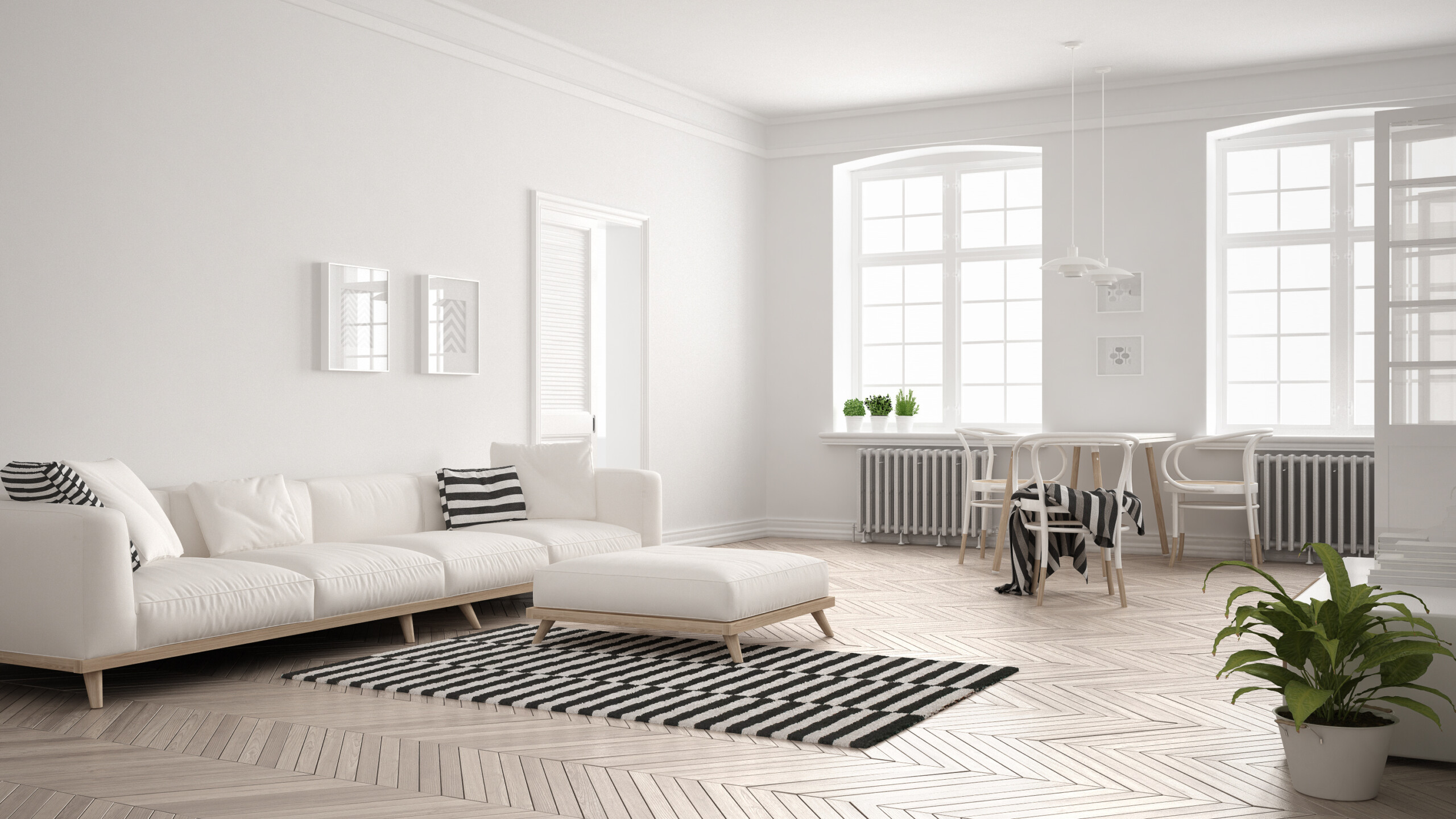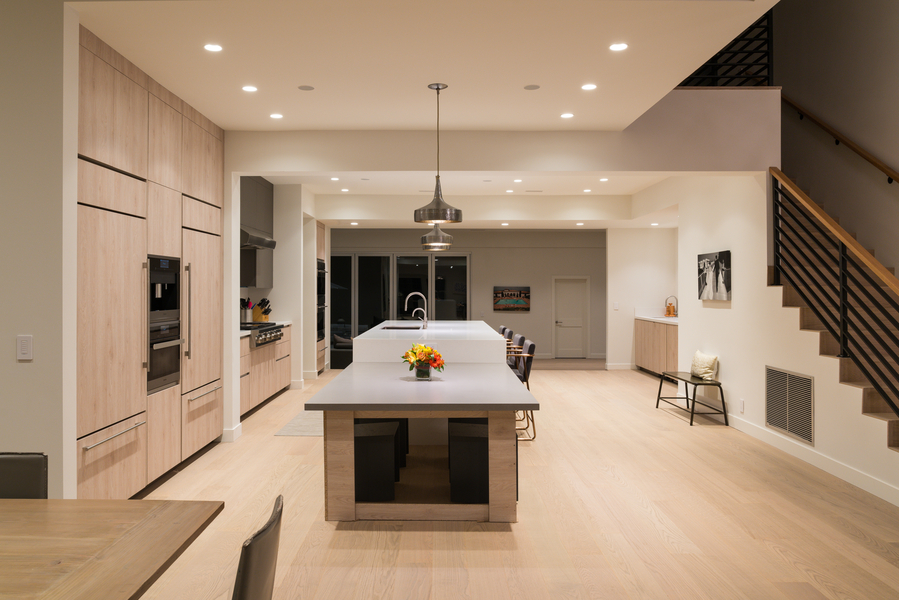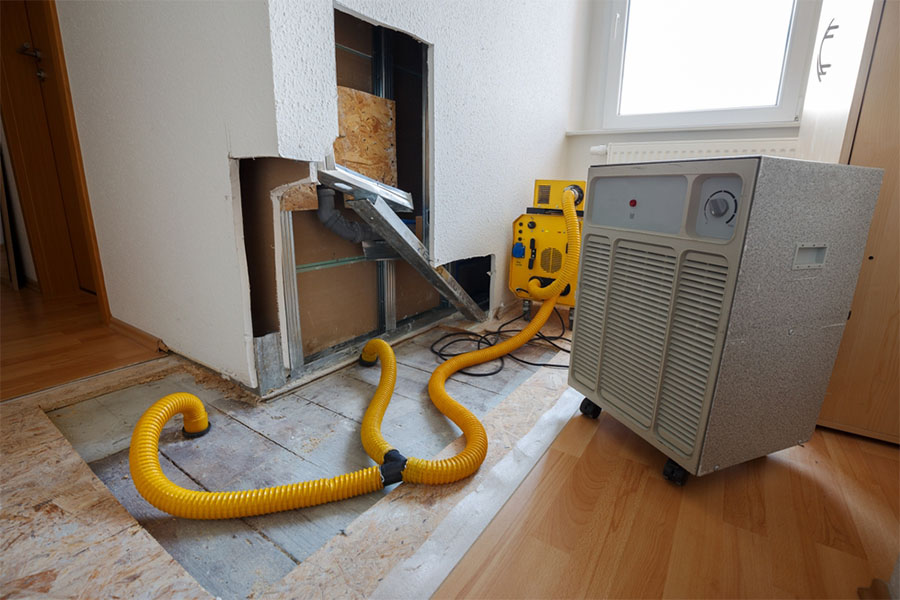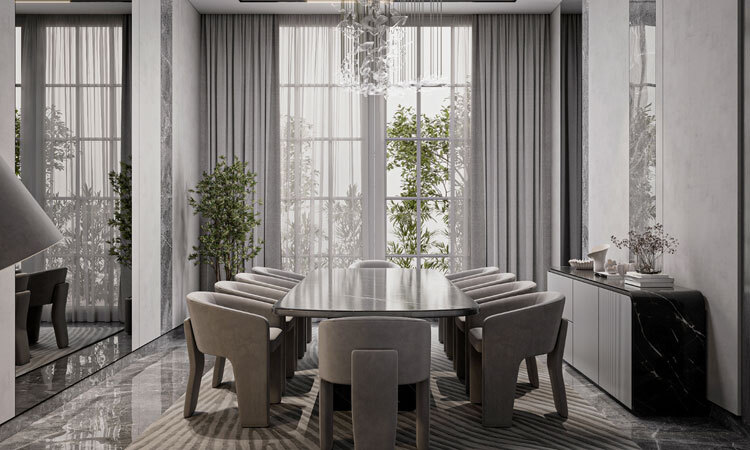10 Modern Interior Design Ideas to Transform Your Space in a world where your space speaks volumes about your lifestyle and personality, modern interior design has become more than a trend—it’s a transformative approach to living. Whether you’re in a cozy studio or a sprawling loft, integrating modern elements can breathe new life into your surroundings. Here are ten carefully curated modern interior design ideas to revolutionize your space and redefine comfort, elegance, and functionality.
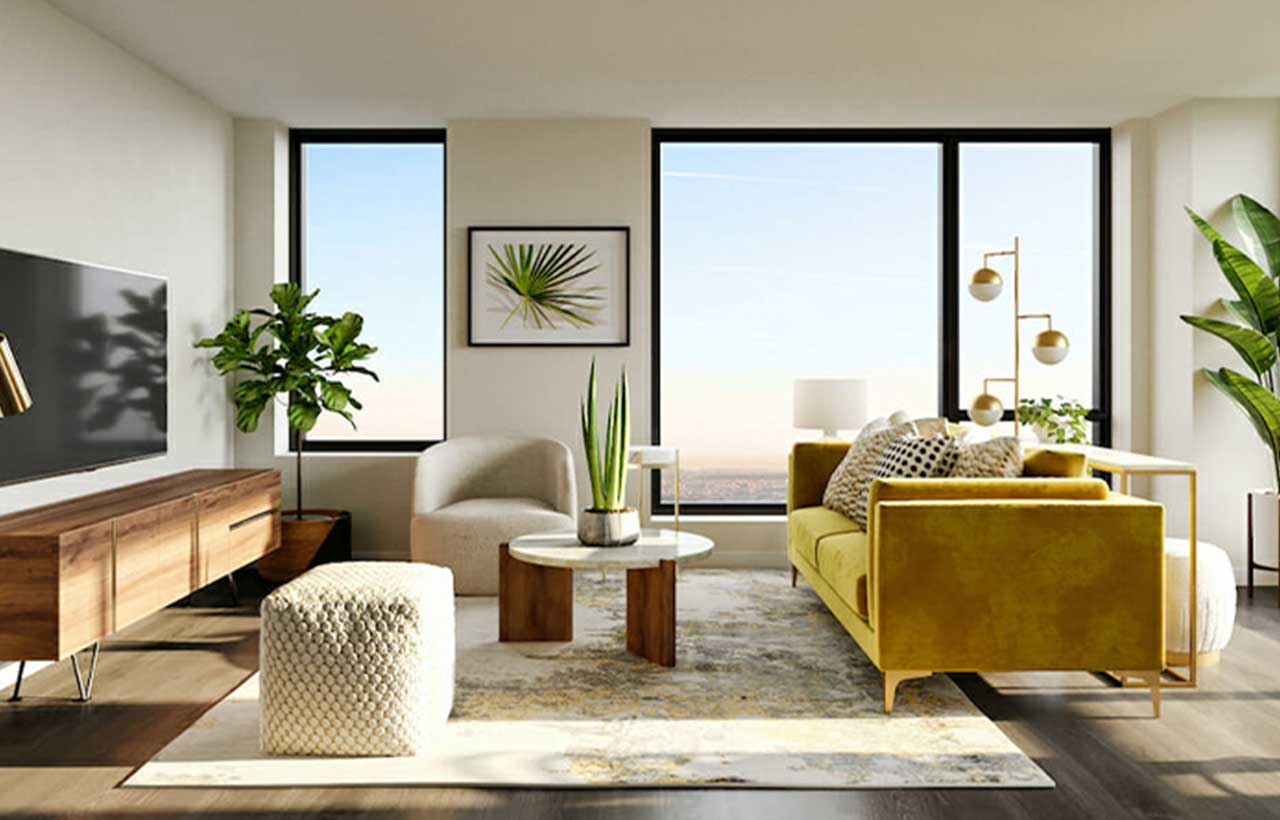
1. Embrace Minimalism With Maximal Impact
Minimalism isn’t just about owning less—it’s about creating more space for what truly matters. Clean lines, open layouts, and a restrained color palette are hallmarks of modern interior design. Go for a neutral foundation with pops of color through curated artwork or statement furniture.
Tip: Choose multi-functional furniture like ottomans with storage, wall-mounted desks, or a sleek modular sofa. These choices keep your space chic and clutter-free.
2. Play With Natural Light
Natural light is a silent yet powerful player in modern interior design. It amplifies space, uplifts mood, and reveals textures in their true form. Design your room to let in maximum daylight through expansive windows, skylights, or even glass walls.
To enhance the flow of light, use sheer curtains or frosted glass panels, incorporate reflective surfaces like mirrors or metallic accents, and choose light-toned flooring to bounce light around the room.
3. Organic Materials Are In
Incorporating organic textures brings warmth and authenticity to the sleekness of modern interior design. Think raw wood, polished concrete, leather, rattan, and stone. These materials offer a tactile counterpoint to sharp architectural lines.
Blend contrasting textures—pair a walnut dining table with acrylic chairs, use a jute rug beneath a leather sectional, or combine matte and glossy finishes for visual depth. This synergy creates a welcoming and sophisticated aesthetic.
4. Statement Lighting = Art + Function
Lighting isn’t just functional—it’s the jewelry of the room. A bold chandelier, sculptural pendant, or minimalist LED fixture can redefine an entire space. In modern interior design, lighting is often the centerpiece, drawing attention without overwhelming.
Consider avant-garde options like Sputnik chandeliers for a retro-futuristic vibe, floor lamps with geometric silhouettes, or backlit mirrors and under-cabinet LEDs for ambient glow. Layer your lighting with a mix of task, ambient, and accent sources for a well-balanced effect.
5. Open Concept Living Reimagined
Breaking down barriers—literally—is a signature of modern interior design. Open-concept layouts create flow and enhance interaction. Kitchens blend into dining areas, and living rooms spill into workspaces, forming a seamless living experience.
Create invisible boundaries by using area rugs to define spaces, incorporating sliding glass doors or open shelving, and playing with ceiling design or lighting to suggest zones. This approach maximizes both form and function, making your home feel more dynamic and connected.
6. Bold Color Pops
While the foundation of modern interior design often leans neutral, color isn’t off-limits. Strategic use of bold tones like emerald green, midnight blue, or terracotta can make a dramatic statement without compromising elegance.
Smart ways to add color include accent walls with textured paint or wallpaper, bright kitchen backsplashes or bathroom tiles, and vivid upholstery, cushions, or curtains. Balance is key. Use vibrant hues sparingly to punctuate rather than dominate.
7. Smart Home Integration
Technology has quietly woven itself into the fabric of modern interior design. From smart lighting to voice-activated climate control, integrating tech enhances convenience and control—without sacrificing style.
Design-forward smart additions include wall-mounted control panels with sleek interfaces, automated blinds and thermostats, and wireless charging stations subtly embedded in furniture. With tech woven seamlessly into the design, your space becomes intuitive and future-ready.
8. Biophilic Design Principles
The desire to reconnect with nature is central to modern interior design. Biophilic design introduces natural elements into your home to promote well-being and harmony.
Infuse biophilia with indoor vertical gardens or plant walls, water features like tabletop fountains, and natural patterns and motifs in textiles and decor. Even a single monstera in a stylish planter can refresh the energy of a room and enhance air quality. Green truly is the new black.
9. Curved and Sculptural Furniture
Move over, boxy sofas and angular edges. Modern interior design now celebrates the soft, inviting curves of sculptural furniture. These organic forms break up monotony and create a sense of flow.
Look for crescent-shaped couches, round coffee tables with pedestal bases, or arched bookcases and headboards. Curves evoke comfort and femininity, balancing the starkness of minimalist layouts.
10. Monochrome Magic
There’s a certain sophistication in simplicity. Monochrome spaces, done right, are timeless. A black-and-white palette with hints of gray or beige is the epitome of classic modern interior design.
Master the monochrome look by playing with varying textures—matte, glossy, woven, and metallic, using patterns like herringbone or chevron subtly in rugs or tiles, and layering tones within a single color family to add richness. The result is a space that’s cohesive, calming, and infinitely stylish.
Final Thoughts: The Power of Design to Transform
Design isn’t just about aesthetics—it’s about crafting experiences. These modern interior design ideas are more than visual upgrades; they’re an invitation to live more intentionally, creatively, and comfortably. By blending contemporary aesthetics with personal expression, your home becomes a haven tailored just for you.
Whether you’re renovating a single room or revamping your entire abode, take inspiration from these ideas and don’t be afraid to mix, match, and make them your own. After all, the most beautiful spaces aren’t just seen—they’re felt.





